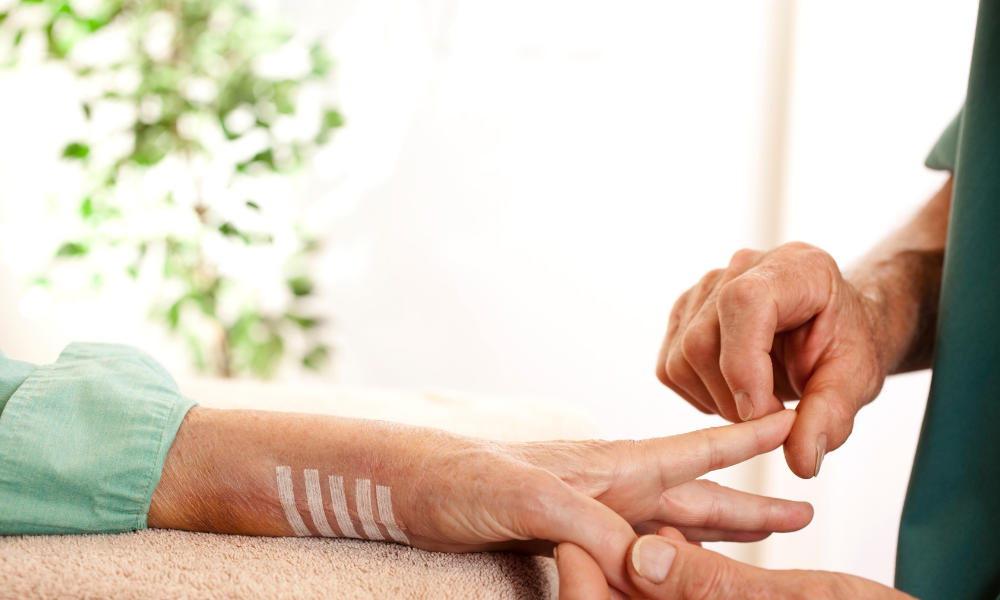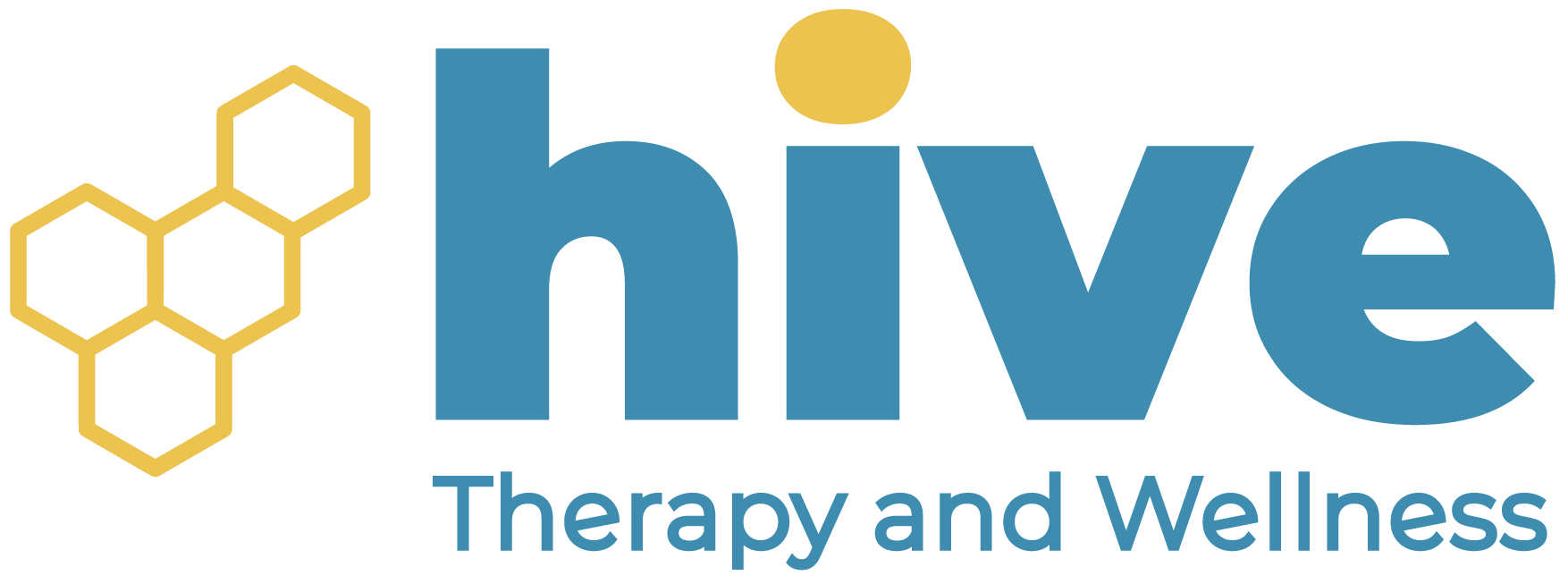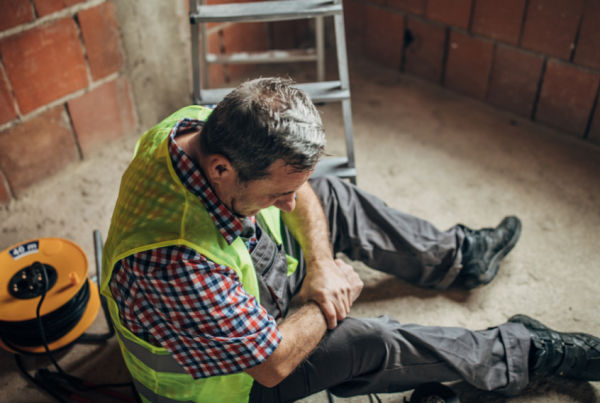General Orthopedic Surgery Recovery
Move Better. Live Fuller. Your Wellness Journey Starts Here.
Schedule a FREE Discovery Call!
About General Orthopedic Surgeries
General orthopedic surgery refers to a wide range of procedures that address musculoskeletal conditions, injuries, and other issues. This is an umbrella term that can involve a variety of bodily structures: bones, muscles, tendons, ligaments, joints, and more. Surgery is typically only needed when a condition is very severe or unresponsive to non-surgical treatments.
Orthopedic surgery is a complex decision that requires consideration of the patient’s unique needs as well as the involvement of multiple professionals. For any surgery, physical therapy plays a very essential role in both preparation and recovery. Engaging in physical therapy before and after surgery can improve your outcomes by:

- Setting expectations for recovery
- Reducing your risk of complications
- Restoring function and comfort
- Providing guidance, education, and support during recovery
- Managing pain, swelling, and other symptoms
Physical therapy can provide these benefits regardless of the type of general orthopedic surgery, but some common conditions requiring surgery can include:
- Fractures: While some fractures can be healed with a cast, certain complex fractures will require surgery in order to restore function and prevent long-term complications.
- Sports injuries: There are many different types of sports injuries. Sometimes these injuries can be very severe and impact an individual’s ability to play their sport or even function during daily movements. When these injuries cannot be resolved through conservative treatment, surgery may be deemed necessary.
- Soft tissue injuries: Injuries to the ligaments, muscles, or tendons often heal without the need for surgery. In some cases where these soft tissues do not heal adequately, surgical intervention may be necessary to restore function.
- Degenerative diseases: Certain conditions such as those that affect the spine may cause nerve compression or significant pain, preventing individuals from performing normal movements and impacting their quality of life. Surgical interventions can provide relief and restored function.
- Arthritis: Severe cases of arthritis that cause intense pain or loss of function may require surgery to restore comfort and movement.
- Joint instability: Those with joint instability such as frequent dislocations or damaged joint structures may require reconstruction or replacement in order to restore joint mobility, stability, and function.
- Impingement: Joint impingement occurs when inner structures or tissues of a joint rub together and create friction. It can be very painful and often occurs in areas like the shoulders or hips. In some cases, surgery may be necessary in order to restore space in the joint and prevent rubbing.
- Other procedures: Such as those that address infections, tumors, or deformities.
Many of these above-mentioned conditions can usually be managed with conservative means like physical therapy. However, some conditions or injuries may be too severe or unresponsive to conservative treatments, making surgical interventions necessary.
What to Expect During Recovery
Recovery can vary greatly depending on the type of orthopedic surgery, the severity of the condition, and the patient’s individual health history. Below, we’ve outlined some general expectations for orthopedic surgeries that you can prepare for.
Following surgery, you will likely focus on rest, keeping the surgical site clean, managing post-operative pain, and utilizing mobility aids (walkers, crutches) as needed. Within a few weeks (again, depending on the type of surgery) you’ll be able to begin early forms of physical therapy. This stage of physical therapy is crucial for managing swelling, improving circulation, and slowly beginning the steps towards regaining mobility and strength.
In the following months of your healing journey, you’ll slowly begin to resume light activity with the guidance and advice from your surgeon and physical therapist. You’ll continue physical therapy activities that will progressively become more challenging in order to build strength, enhance flexibility, and restore function. You’ll also continue regular follow-up visits to track your progress.
In the long run, you will continue practicing stretching and exercises at home as prescribed by your physical therapist in order to maintain good health and long-term recovery. These exercises will ensure you regain the mobility and strength needed for daily activities and other personal goals, so it is important to be consistent!
Your physical therapist may help you modify your activities to support the health of your surgical site in the long run. This can include altering your home environment, making changes to activities such as sports, or even modifying how you perform your job in order to prevent future injury or degeneration. Depending on the type of surgery you experience, it may be necessary to engage in regular long-term check-ups with your doctor or physical therapist.
Although these expectations are generally applicable to many orthopedic surgeries, the type of surgery and the patient’s needs will vary, and therefore each person will have unique recovery needs, too. To learn more about some specific surgeries and how physical therapy can support them, feel free to refer to the following pages:
Physical Therapy for Orthopedic Surgery Recovery
Regardless of the type of surgery you need, physical therapy plays an incredibly important role in both preparation and recovery. Engaging in regular physical therapy will not only restore your range of motion and function, but also lower your risk of complications and improve your outcomes overall. Below we’ve outlined some benefits of engaging in physical therapy both before and after surgical procedures:
Physical Therapy Treatment Before Orthopedic Surgery
- Sets expectations to mentally prepare you for the healing journey.
- Physically prepares your body for surgery and recovery by addressing muscle imbalances, inflexibility, or dysfunction.
- Allows you to practice mobility aids beforehand so that you will be better prepared to use them properly post-operation.
- Can help you create a plan to modify activities or movements that will be difficult post-operation.
Physical Therapy Treatment After Orthopedic Surgery
- Provides a health plan that is specific to your unique surgery and individual needs.
- Manages pain and swelling through temperature therapy, electrical stimulation, and manual therapy.
- Restores strength and function through curated exercises that are safe and suitable to each stage of healing.
- Improves range of motion and flexibility with stretching and specialized activities.
- Safely reintroduces movement with good posture and mechanics.
- Prevents complications such as blood clots, muscle atrophy, and joint stiffness.
- Prevents future injury through conditioning and education.
- Can provide an exercise regimen and movement modifications to maintain your strength and flexibility in the long run.
- Can provide additional specialized care and training for athletes or those who engage in sports to support enhanced performance.
As you can see, physical therapy is essential for restoring function and movement that allows you to enjoy daily activities pain-free. Going into surgery can be both mentally and physically challenging—working with a physical therapist can reduce your stress, help you be better prepared, and reduce your risk of complications in the long run.
Each surgery and individual will have different needs; therefore, the physical therapists at Hive create an individualized plan of care for each of their patients. This allows our providers to better support your health goals and improve your healing outcomes to the best of their abilities! When working with Hive Therapy and Wellness for orthopedic surgery recovery, you can expect any of the following treatments to be included in your health plan:
- Neuromuscular re-education
- Manual therapy
- Exercise prescription
- Dry needling
- Cupping
- Tissue scraping
- Behavioral modifications
- Therapeutic activities
- Electrical muscle stimulation
- Spinal manipulation
- Therapeutic modalities
- Biofeedback
General orthopedic surgery refers to a wide range of procedures that address musculoskeletal conditions, injuries, and other issues.
This is an umbrella term that can involve a variety of bodily structures: bones, muscles, tendons, ligaments, joints, and more. Surgery is typically only needed when a condition is very severe or unresponsive to non-surgical treatments.
Orthopedic surgery is a complex decision that requires consideration of the patient’s unique needs as well as the involvement of multiple professionals.
For any surgery, physical therapy plays a very essential role in both preparation and recovery. Engaging in physical therapy before and after surgery can improve your outcomes by:
- Setting expectations for recovery
- Reducing your risk of complications
- Restoring function and comfort
- Providing guidance, education, and support during recovery
- Managing pain, swelling, and other symptoms
Physical therapy can provide these benefits regardless of the type of general orthopedic surgery, but some common conditions requiring surgery can include:
Fractures: While some fractures can be healed with a cast, certain complex fractures will require surgery in order to restore function and prevent long-term complications.
Sports injuries: There are many different types of sports injuries. Sometimes these injuries can be very severe and impact an individual’s ability to play their sport or even function during daily movements.
When these injuries cannot be resolved through conservative treatment, surgery may be deemed necessary.
Soft tissue injuries: Injuries to the ligaments, muscles, or tendons often heal without the need for surgery. In some cases where these soft tissues do not heal adequately, surgical intervention may be necessary to restore function.
Degenerative diseases: Certain conditions such as those that affect the spine may cause nerve compression or significant pain, preventing individuals from performing normal movements and impacting their quality of life.
Surgical interventions can provide relief and restored function.
Arthritis: Severe cases of arthritis that cause intense pain or loss of function may require surgery to restore comfort and movement.
Joint instability: Those with joint instability such as frequent dislocations or damaged joint structures may require reconstruction or replacement in order to restore joint mobility, stability, and function.
Impingement: Joint impingement occurs when inner structures or tissues of a joint rub together and create friction.
It can be very painful and often occurs in areas like the shoulders or hips. In some cases, surgery may be necessary in order to restore space in the joint and prevent rubbing.
Other procedures: Such as those that address infections, tumors, or deformities.
Many of these above-mentioned conditions can usually be managed with conservative means like physical therapy. However, some conditions or injuries may be too severe or unresponsive to conservative treatments, making surgical interventions necessary.
Recovery can vary greatly depending on the type of orthopedic surgery, the severity of the condition, and the patient’s individual health history. Below, we’ve outlined some general expectations for orthopedic surgeries that you can prepare for.
Following surgery, you will likely focus on rest, keeping the surgical site clean, managing post-operative pain, and utilizing mobility aids (walkers, crutches) as needed. Within a few weeks (again, depending on the type of surgery) you’ll be able to begin early forms of physical therapy.
This stage of physical therapy is crucial for managing swelling, improving circulation, and slowly beginning the steps towards regaining mobility and strength.
In the following months of your healing journey, you’ll slowly begin to resume light activity with the guidance and advice from your surgeon and physical therapist.
You’ll continue physical therapy activities that will progressively become more challenging in order to build strength, enhance flexibility, and restore function. You’ll also continue regular follow-up visits to track your progress.
In the long run, you will continue practicing stretching and exercises at home as prescribed by your physical therapist in order to maintain good health and long-term recovery.
These exercises will ensure you regain the mobility and strength needed for daily activities and other personal goals, so it is important to be consistent!
Your physical therapist may help you modify your activities to support the health of your surgical site in the long run. This can include altering your home environment, making changes to activities such as sports, or even modifying how you perform your job in order to prevent future injury or degeneration.
Depending on the type of surgery you experience, it may be necessary to engage in regular long-term check-ups with your doctor or physical therapist.
Although these expectations are generally applicable to many orthopedic surgeries, the type of surgery and the patient’s needs will vary, and therefore each person will have unique recovery needs, too.
To learn more about some specific surgeries and how physical therapy can support them, feel free to refer to the following pages:
Regardless of the type of surgery you need, physical therapy plays an incredibly important role in both preparation and recovery.
Engaging in regular physical therapy will not only restore your range of motion and function, but also lower your risk of complications and improve your outcomes overall.
Below we’ve outlined some benefits of engaging in physical therapy both before and after surgical procedures:
Physical Therapy Treatment Before Orthopedic Surgery
- Sets expectations to mentally prepare you for the healing journey.
- Physically prepares your body for surgery and recovery by addressing muscle imbalances, inflexibility, or dysfunction.
- Allows you to practice mobility aids beforehand so that you will be better prepared to use them properly post-operation.
- Can help you create a plan to modify activities or movements that will be difficult post-operation.
Physical Therapy Treatment After Orthopedic Surgery
- Provides a health plan that is specific to your unique surgery and individual needs.
- Manages pain and swelling through temperature therapy, electrical stimulation, and manual therapy.
- Restores strength and function through curated exercises that are safe and suitable to each stage of healing.
- Improves range of motion and flexibility with stretching and specialized activities.
- Safely reintroduces movement with good posture and mechanics.
- Prevents complications such as blood clots, muscle atrophy, and joint stiffness.
- Prevents future injury through conditioning and education.
- Can provide an exercise regimen and movement modifications to maintain your strength and flexibility in the long run.
- Can provide additional specialized care and training for athletes or those who engage in sports to support enhanced performance.
As you can see, physical therapy is essential for restoring function and movement that allows you to enjoy daily activities pain-free.
Going into surgery can be both mentally and physically challenging—working with a physical therapist can reduce your stress, help you be better prepared, and reduce your risk of complications in the long run.
Each surgery and individual will have different needs; therefore, the physical therapists at Hive create an individualized plan of care for each of their patients.
This allows our providers to better support your health goals and improve your healing outcomes to the best of their abilities!
When working with Hive Therapy and Wellness for orthopedic surgery recovery, you can expect any of the following treatments to be included in your health plan:
- Neuromuscular re-education
- Manual therapy
- Exercise prescription
- Dry needling
- Cupping
- Tissue scraping
- Behavioral modifications
- Therapeutic activities
- Electrical muscle stimulation
- Spinal manipulation
- Therapeutic modalities
- Biofeedback
You can learn more about these treatments on our Treatments Page.





